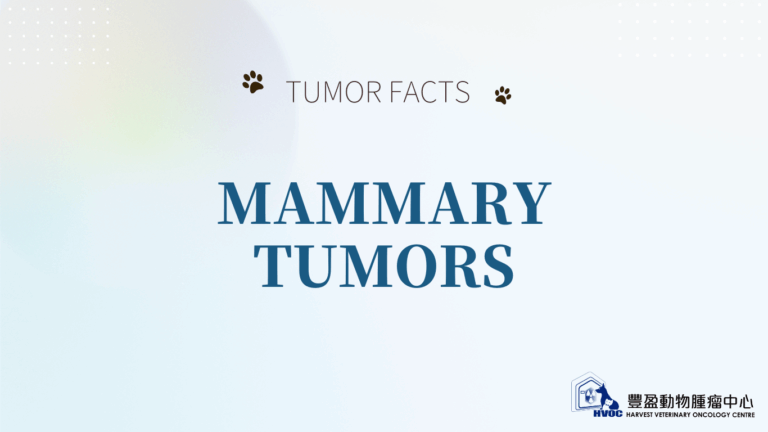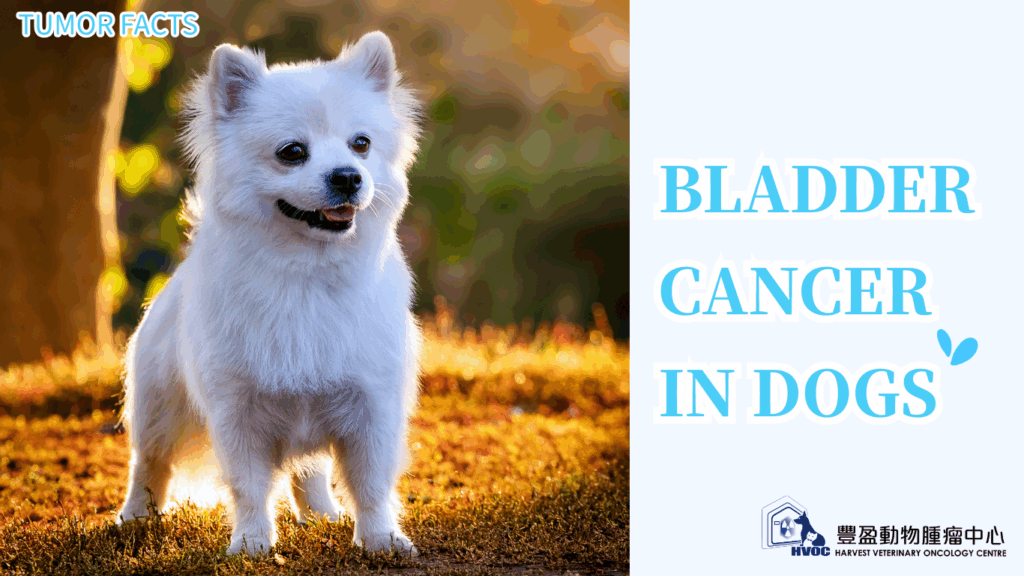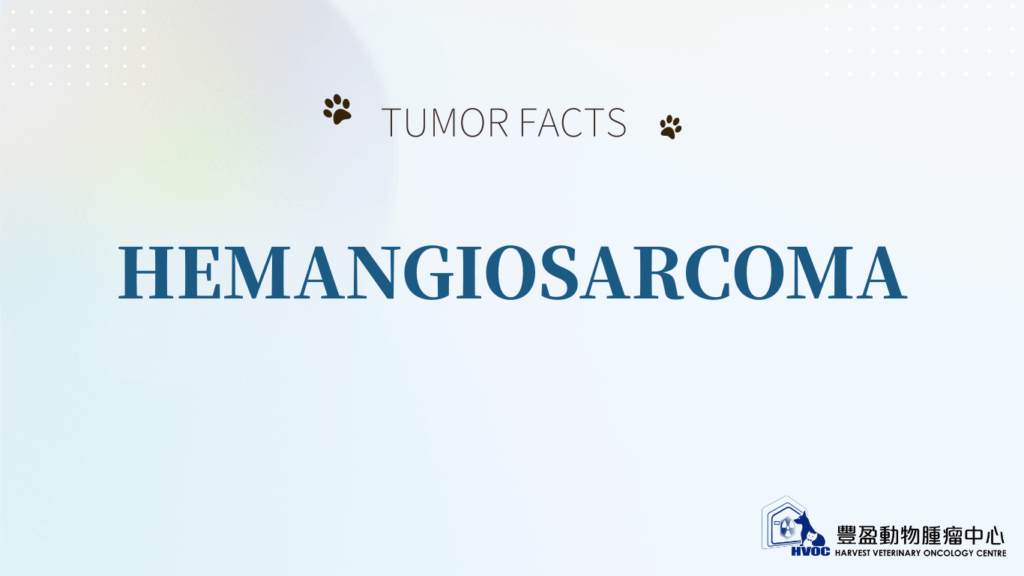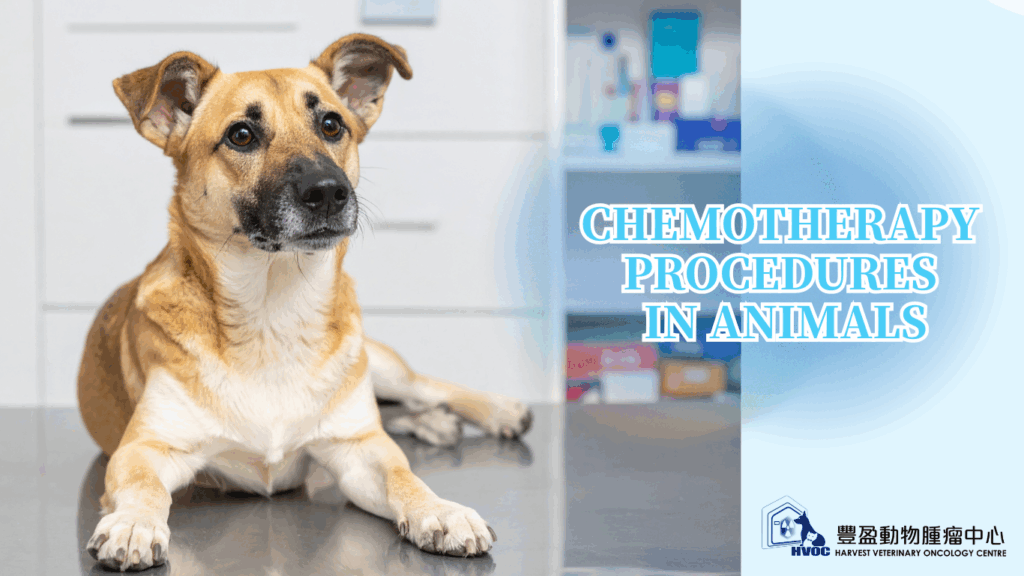
Mammary tumors are common in unspayed bitches and bitches spayed after their first heat cycle. They are more frequently observed in small and toy breeds, such as Yorkshire Terriers, Poodles, and Spaniels.
Mammary tumors vary in size, shape, and consistency. Some dogs develop a single tumor in one gland, while more than 70% of dogs will have multiple tumors.
📌Many dogs do not exhibit any symptoms, which is why these tumors can often go unnoticed unless accidentally discovered while petting your dog.
Mammary tumors can be either benign or malignant. However, if left undetected, most benign tumors can progress into more aggressive forms over time. This is why 📝 early detection is so important, as most mammary tumors can be effectively treated.
Additionally, the removal of benign tumors is less stressful for the dog, resulting in shorter anesthesia time and smaller wounds, facilitating faster and less complicated healing.
At HVOC, our Veterinary Oncology Specialist recommends regular screening examinations for female dogs that have not been spayed or have gone through multiple heat cycles, starting from the age of 6 years. These examinations involve vigilant palpation of the mammary chain every 3-6 months. For the dogs, it is comparable to a massage and takes only 10-15 minutes.
Let’s fight cancer together!
💡Additional Mammary Tumor Facts:
🔹 Dogs have 10 mammary glands, and the glands closer to the tail are more commonly affected.
🔹 Causes of mammary cancer include female sex hormones, hormone therapy, and genetics.
🔹 Approximately 75% of mammary tumors can be successfully cured with surgery alone






